Engagement Ring - In Progress
Setting
Stone
Limited Time! Purchase any Engagement Ring and Receive a $250 Gift Card & Premier VIP Bundle.
We guarantee that every single purchase directly impacts one person's life by giving them access to clean water.
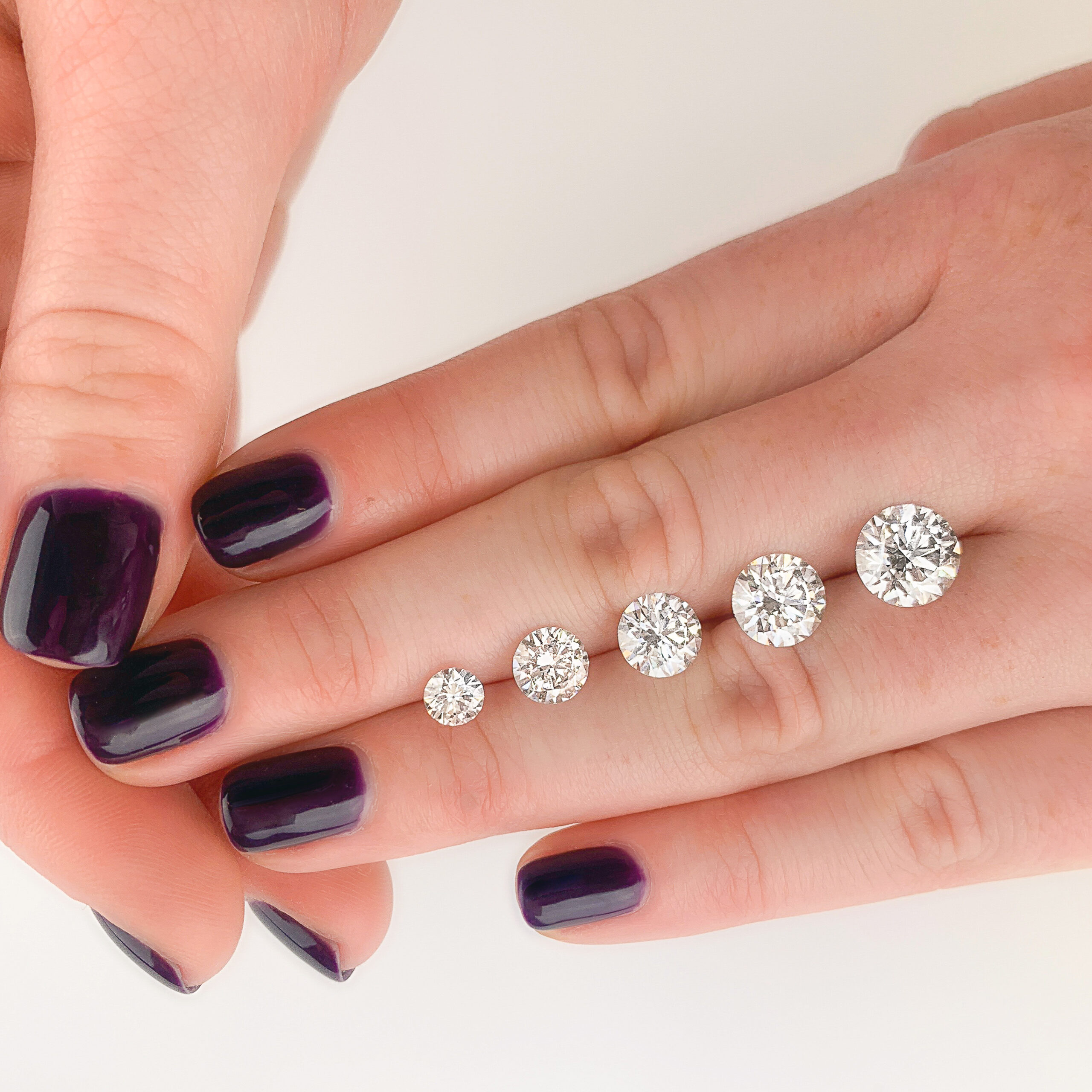
A “carat” is a weight measurement, meaning one fifth (1/5) of one gram. So, if a diamond weighs one carat, it weighs .20 grams. However, that doesn’t really help you in terms of seeing how big it looks. That’s because a diamond can carry weight in its height or depth, instead of spread across its diameter.
Generally speaking, yes, but it’s not that simple. While a 3 carat stone will, obviously, look larger than a .50 ct stone – the same is not necessarily true for a .90 ct and a 1.10 ct. So, it is incredibly important to look at a diamond’s measurements as part of your diamond search! You may find a well-proportioned .97 ct diamond that is not only bigger than a 1.00 ct, but is also less expensive! This is particularly common in fancy cut (non-Round) diamonds, because their facet patterns are less specific.
A 1 carat Round diamond should measure around 6.5 mm. However, the millimeter diameter of a one-carat diamond will depend upon its shape and how well it is cut. For example, check out the HUGE difference in millimeter sizes of these one-carat diamonds! From 6.11 mm all the way up to 6.53 mm! This wide variety of size occurs because some diamonds are cut more deeply than others, causing carat weight to hide in the diamond’s bottom. When this happens, a 1 carat Round can look closer to a .90 ct! No one wants that. This is one reason an “ideally” cut Round diamond should have a depth percentage of less than 62%. That way, you make sure your diamond faces up the appropriate size!
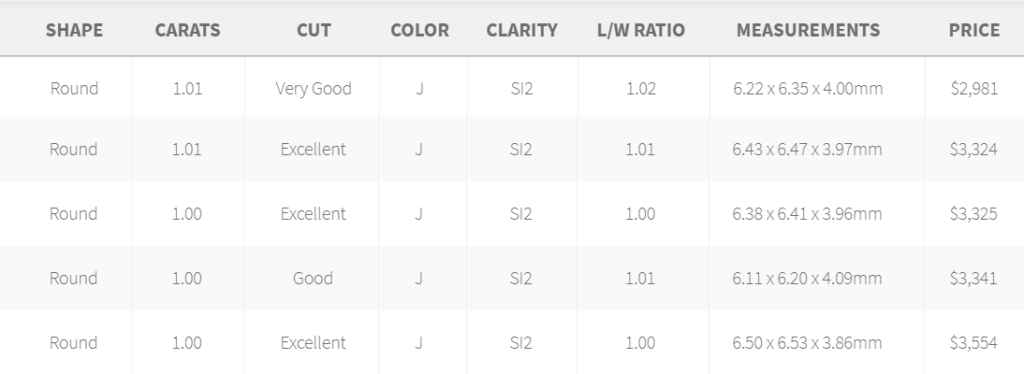
Whoa! 6.1mm vs. 6.5mm?!
Check it out – which would you prefer?!
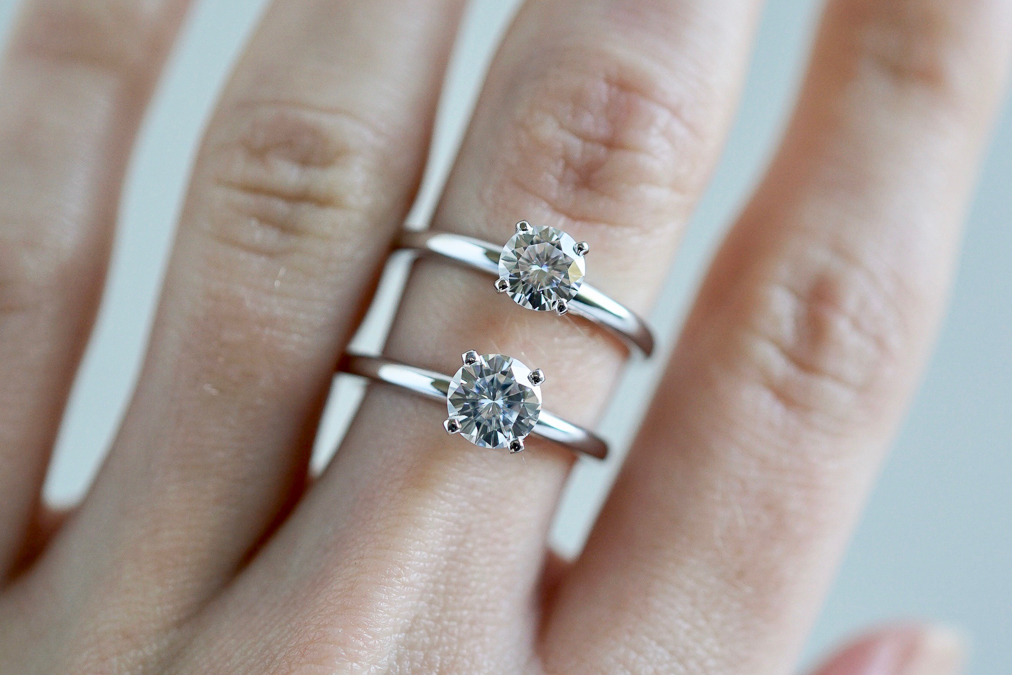
6mm vs 6.5mm diamond
Some diamond shapes look bigger than other shapes, even though they’re the same carat weight! This is because slender shapes, like Oval and Marquise, not only have the same depth percentages as Rounds, but also have all that extra length! So, choosing an Oval or Marquise is a quick way to get a bigger look for less money.
| Shape | Carat Weight | Millimeter Size |
| Round | 1.00ct | 6.5mm |
| Oval or Pear | 1.00ct | 7.7mm x 5.7mm |
| Marquise | 1.00ct | 10mm x 5mm |

Round 1 carat; Oval 1 carat; Marquise 1 carat; Pear 1 carat
| Shape | Carat Weight | Millimeter Size |
| Round | 1.00ct | 6.5mm |
| Square Cushion | 1.00ct | 5.9mm |
| Princess | 1.00ct | 5.5mm |
| Asscher | 1.00ct | 5.5mm |
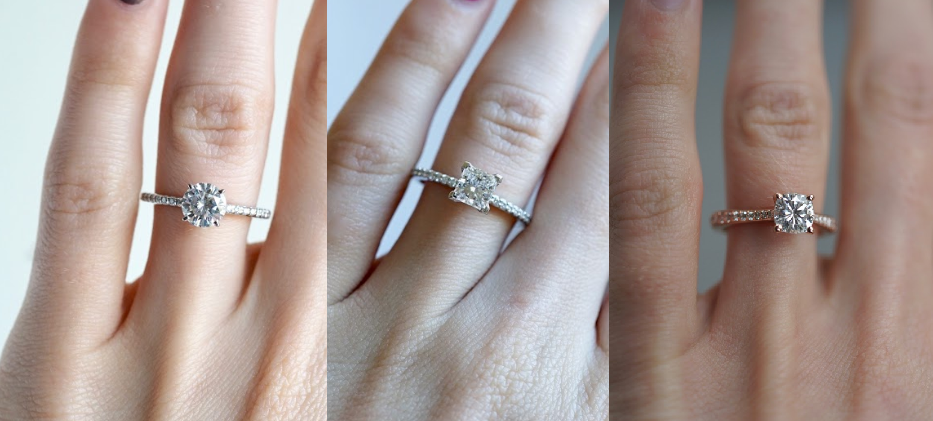
Round 1 carat diamond; Princess 1 carat diamond; Cushion 1 carat diamond
Put it on a jeweler’s scale. Loose diamonds are best measured by a special jeweler’s scale. These special scales work in carats for gemstones and “pennyweight” (abbreviated, confusingly, as “dwt”) for metals. For diamonds and gemstones that are already set into jewelry, jewelers and appraisers estimate carat weight by taking diameter measurements.
Yes. Lab Diamonds are the exact same mineral as Natural Diamonds. So , a 1 carat Lab Diamond will look the same size as a 1 carat Natural Diamond. Interestingly, this is not the same for diamond simulants like Moissanite or Cubic Zirconia. Moissanite weighs a little less than Diamond. This is why we list our Moissanite by “diamond equivalent” size – so you get the size you really want! Cubic Zirconia, on the other hand, weighs significantly more than Diamond. This super-heavy weight is one way you can tell Cubic Zirconia apart from Diamond without testing.
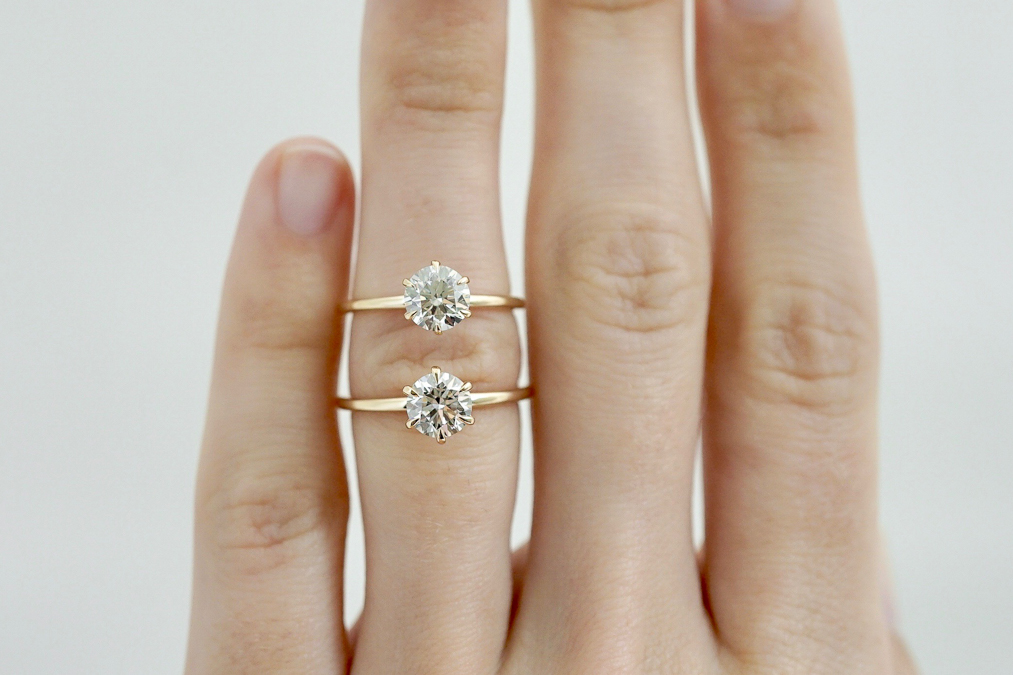
Both this Lab Diamond and Natural Diamond are around .95ct!
Don’t just look for a “one carat” – look for a one carat that measures up to its expected measurements (or over!) The easiest way to do this to take the following steps:
You can also check out Stone Algo’s size chart, here.
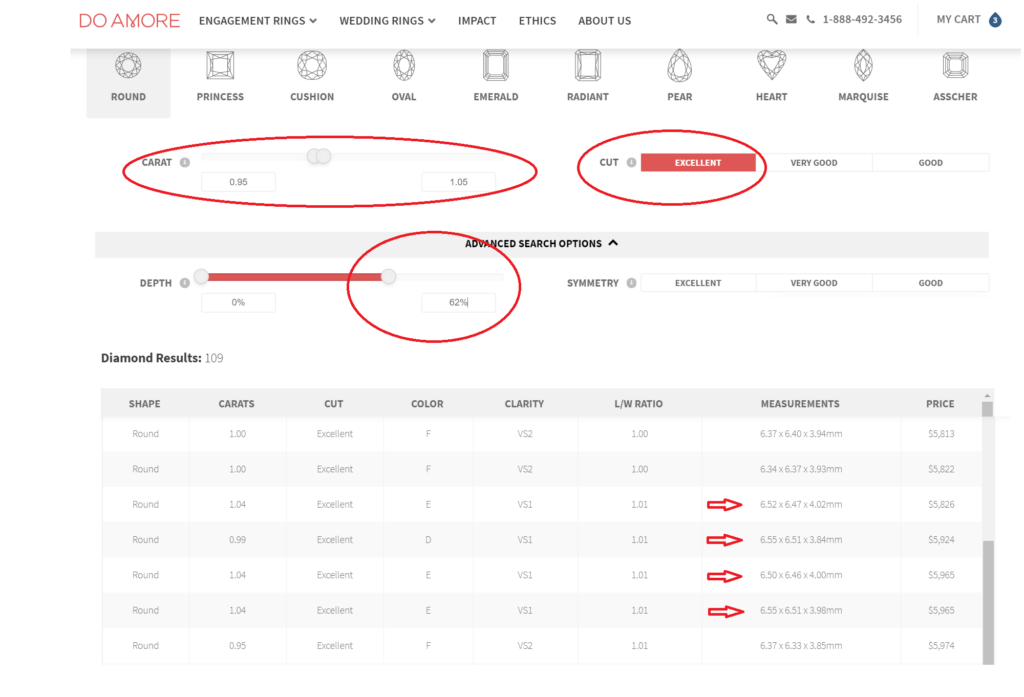
One of my favorite ways to make sure your expectations meet reality is to use a ruler to really see what a millimeter is. No, seriously! Find the diamond you think you want, and whip out a ruler and see what that millimeter size really looks like. When my husband and I were looking for my stone, we even cut out a little slip of paper in its size to put on my finger (super scientific approach, I know)! Visualizing actual size, instead of getting stuck on carat weight, is a much better way to get what you really want.
BEWARE of falling into the trap of just selecting the biggest stone. Cut quality (NOT carat weight) is the number one factor in choosing your diamond, because it is directly responsible for beauty and sparkle. Often, the largest measuring stones are cut too shallowly, allowing light to leak through the bottom (resulting in lost sparkle) or a fisheye (see below!). So, always make sure to set your ideal parameters, and then double check for even contrast/brilliance. Evenly spaced contrast (dark areas) and brilliance (bright areas) throughout your stone, without any weird patterns, confirms that your diamond is reflecting and refracting light properly – max sparkle! So, your goal is to choose a stone that measures up big AND has a great cut!
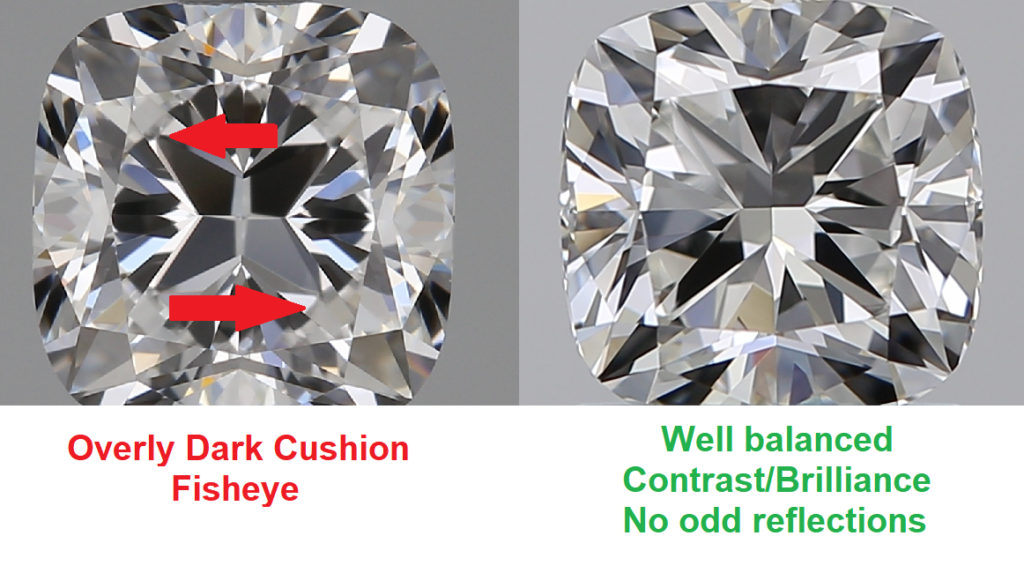
For sure! Drop us a note here, or email us are care@doamore.com! We love helping customers get the most beautiful diamonds, with the biggest bang for their buck!
Verifiably Ethical & Sustainable
Guaranteed 1:1 Impact
Personalized 1:1 Customer Service
handcrafted & american-made
you before us, always
Verifiably Ethical & Sustainable
Guaranteed 1:1 Impact
Personalized 1:1 Customer Service
handcrafted & american-made
you before us, always
Verifiably Ethical & Sustainable
Guaranteed 1:1 Impact
Personalized 1:1 Customer Service
handcrafted & american-made
you before us, always
Verifiably Ethical & Sustainable
Guaranteed 1:1 Impact
Personalized 1:1 Customer Service
handcrafted & american-made
you before us, always
Verifiably Ethical & Sustainable
Guaranteed 1:1 Impact
Personalized 1:1 Customer Service
handcrafted & american-made
you before us, always
Verifiably Ethical & Sustainable
Guaranteed 1:1 Impact
Personalized 1:1 Customer Service
handcrafted & american-made
you before us, always
Thoughtfully crafted, made to last, and designed for life's most meaningful moments. LEARN MORE
Diamonds, Gemstones, & Metals
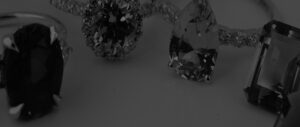
Every piece of Do Amore jewelry begins by not hurting the world. All our natural diamonds are either ethically sourced in Canada, recycled to eliminate additional demand, or accompanied by a blockchain ledger showing every hand your diamond passed through, proving your stone is truly conflict-free.
We also offer sustainable lab-created stones and guarantee all precious metals are recycled to eliminate the environmental impact of mining. Since March 2022, we carry absolutely no Russian diamonds and continue to urge the industry to follow suit.
Clean Water
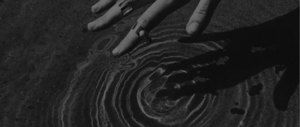
We desire to deepen the well of love in the world. We guarantee that every single purchase—whether engagement ring, wedding band, or piece of jewelry—directly impacts one person’s life by giving them access to clean water.
We do this by directly matching jewelry purchases to people in communities to ensure our funding has a one-to-one impact. We also show you the exact GPS coordinates and a photo of the water well your ring or piece of jewelry helped fund.
Customer Service
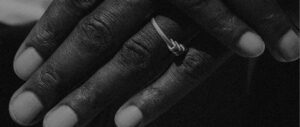
As a small, 100% founder- and employee-owned team, one-to-one encounters are at the heart of our values. Whichever way you want support throughout your engagement ring or jewelry purchase process, our team is here to accommodate you.
From high-touch to hands-off, video calls to text messages, you have our dedicated, responsive team on your side from the moment you start your search, to the day your well is built, to the time we meet again.
Engagement Rings, Bands, & Jewelry
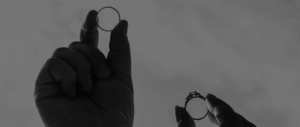
Every Do Amore design, whether one of our own or unique to you, is beautifully handcrafted in America and made specifically for you. Each ring is made to order, every time.
From classic to custom, you have the option to select from dozens of gorgeous settings or work with our design team to create something entirely bespoke. Plus, you are always covered for free inspections, polishing, cleaning, stone tightening, rhodium-plating, and resizing for life.
Our Promise

We care about what matters most to you, not what’s easiest for us. If it’s a minor change to a setting or arriving at a completely custom design, we work to ensure you get precisely what you love.
From statement-making to understated, we have options at any price point. Plus, you always have our team on your side searching to bring you every stone within your specifications. We also offer 60-day returns and a limited lifetime warranty to cover you in the rare event of a manufacturing defect.